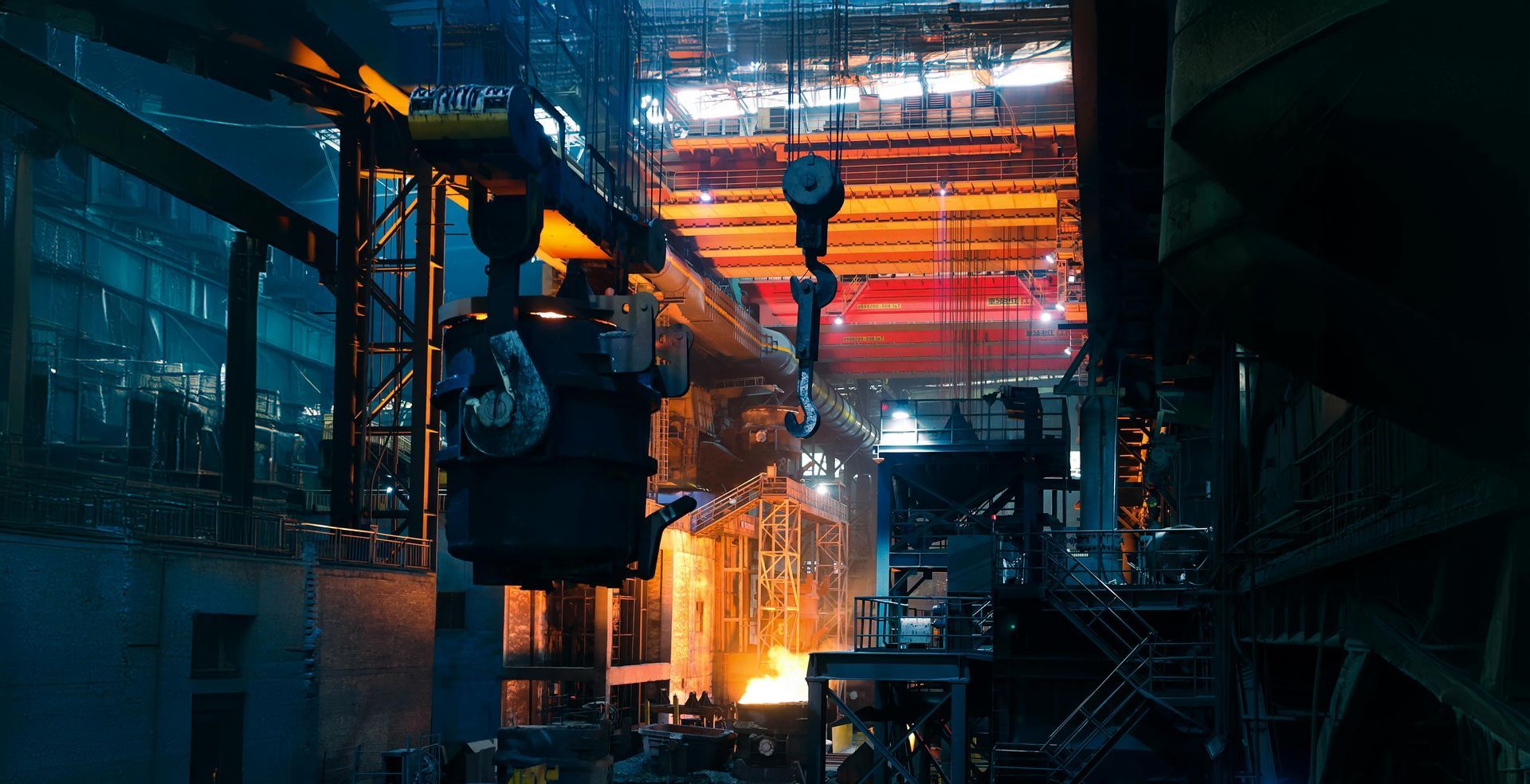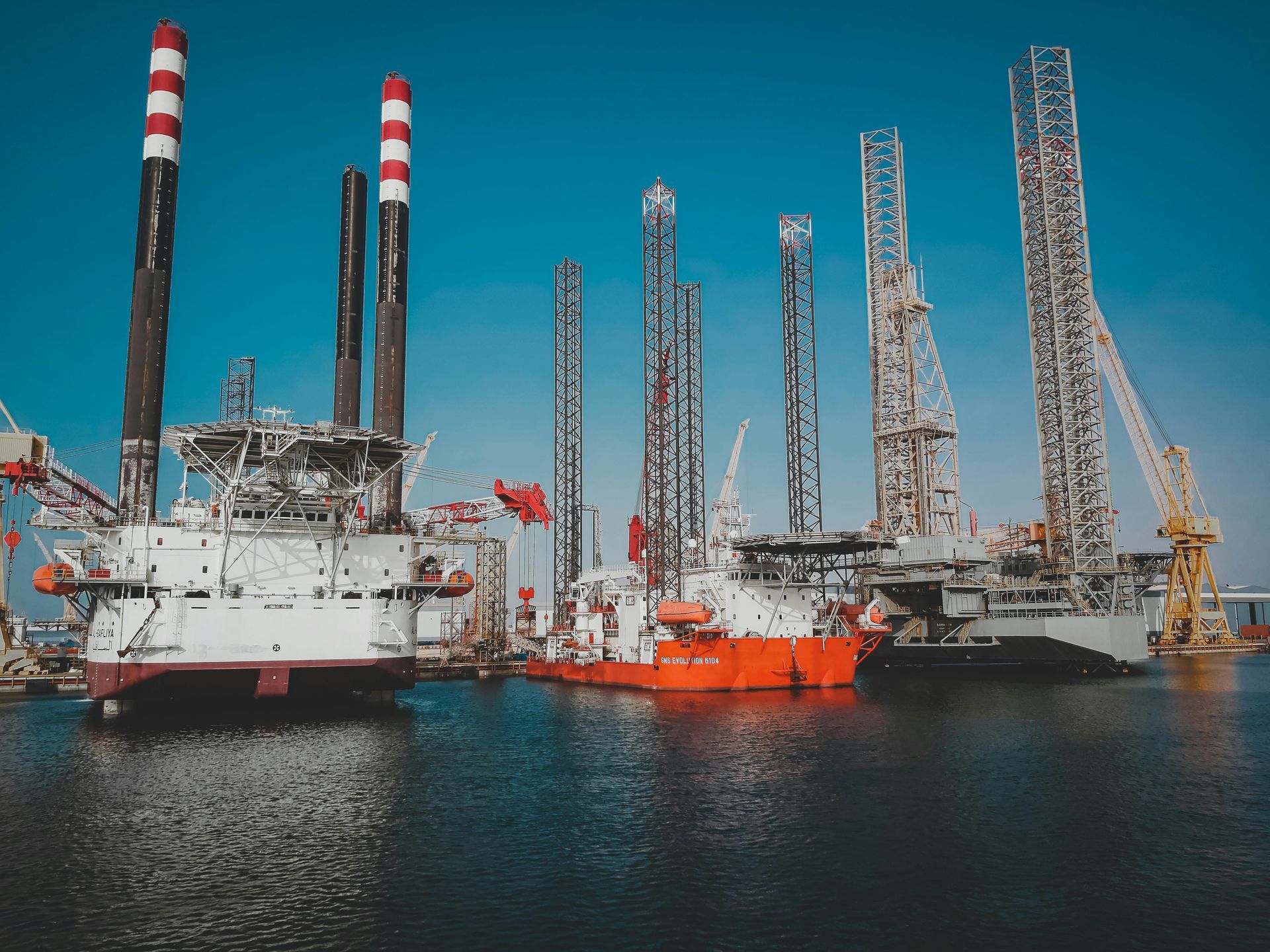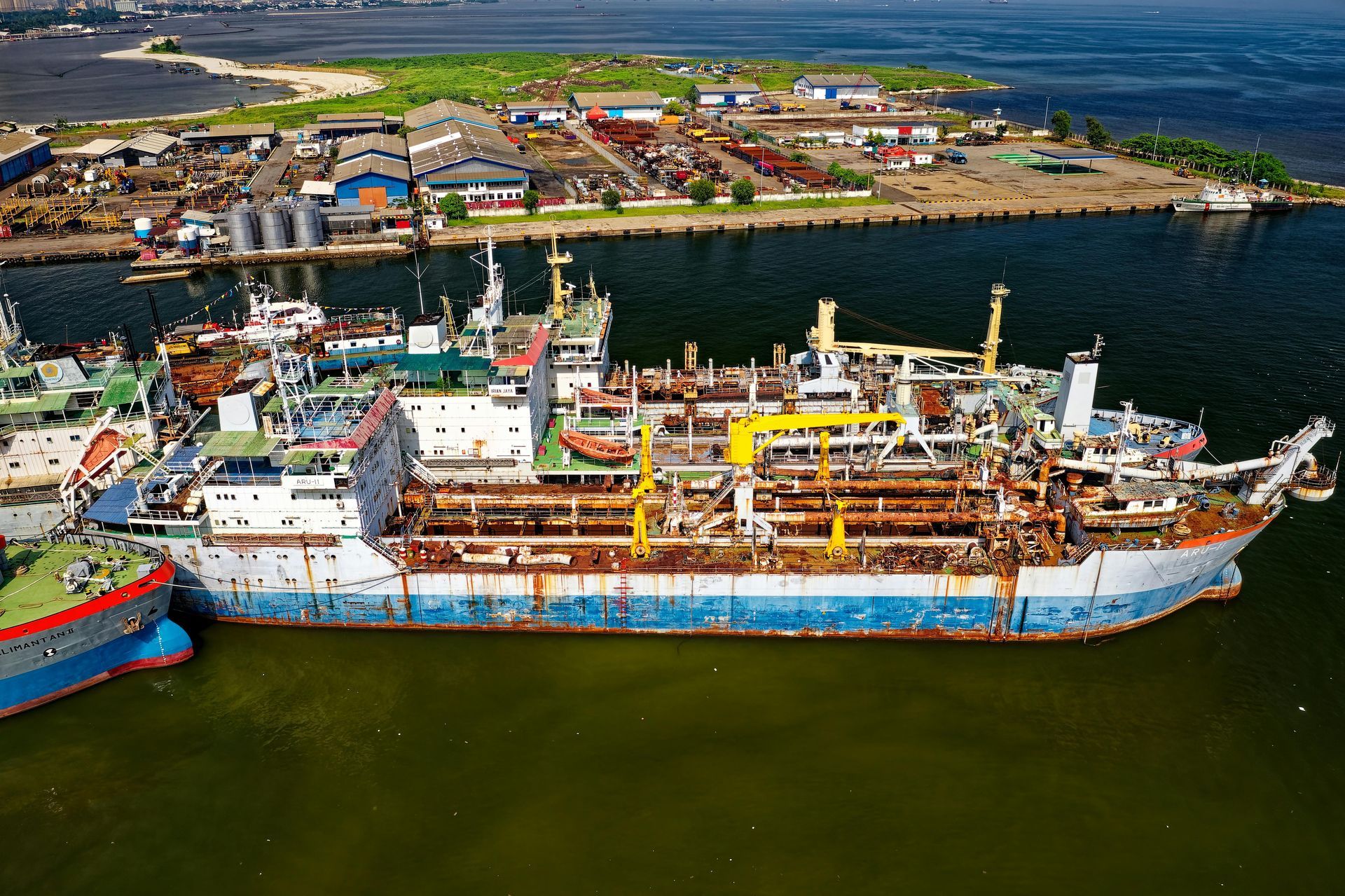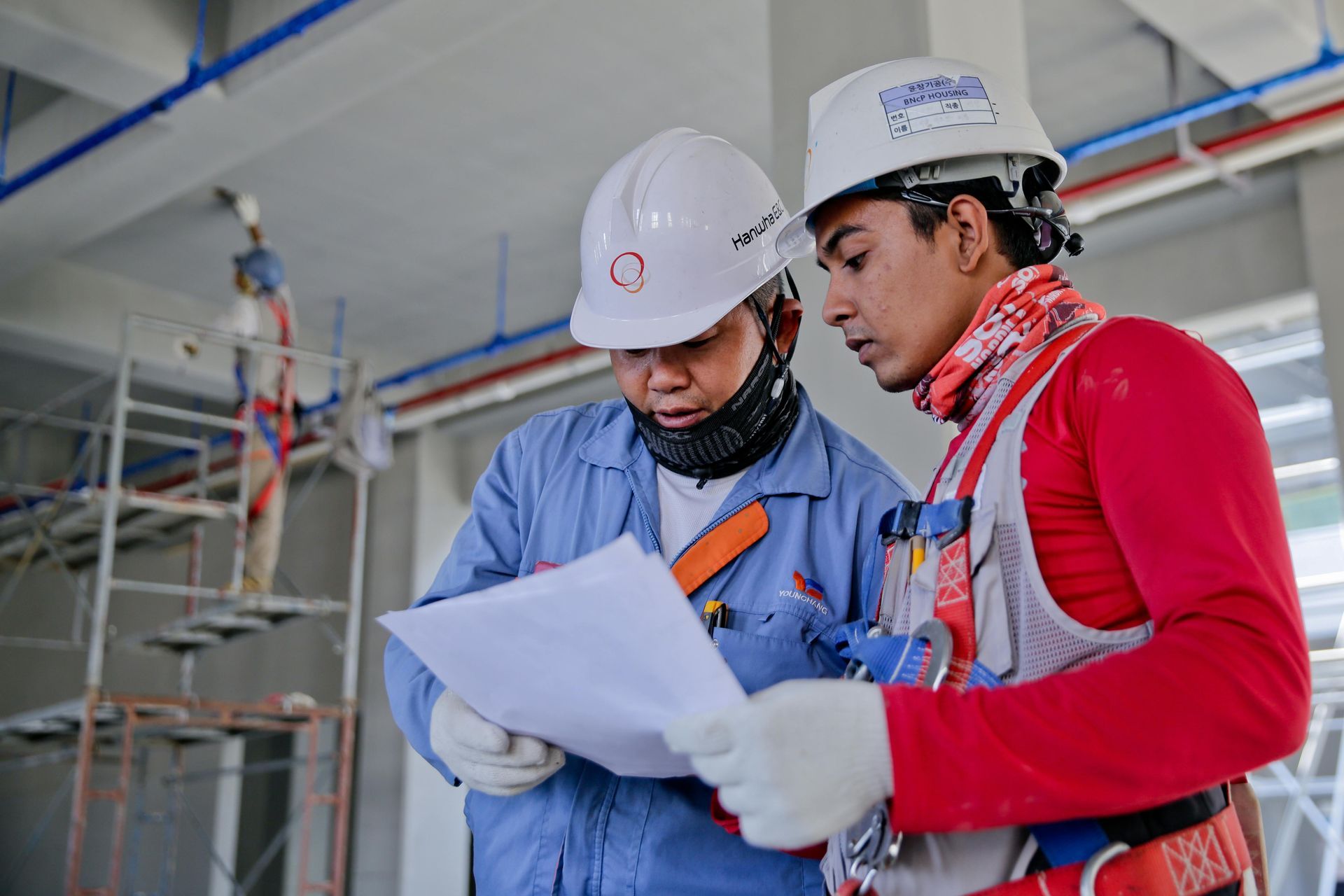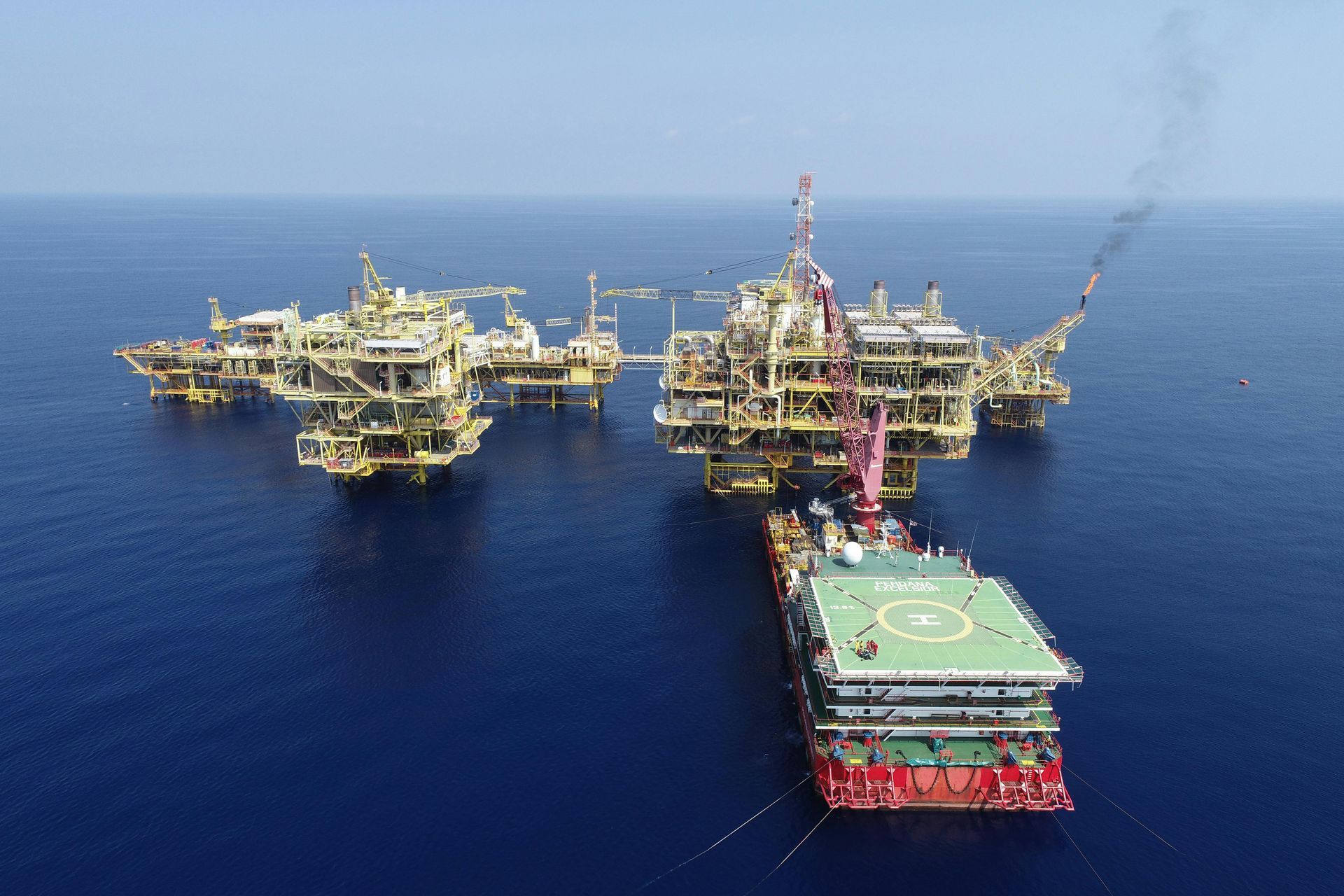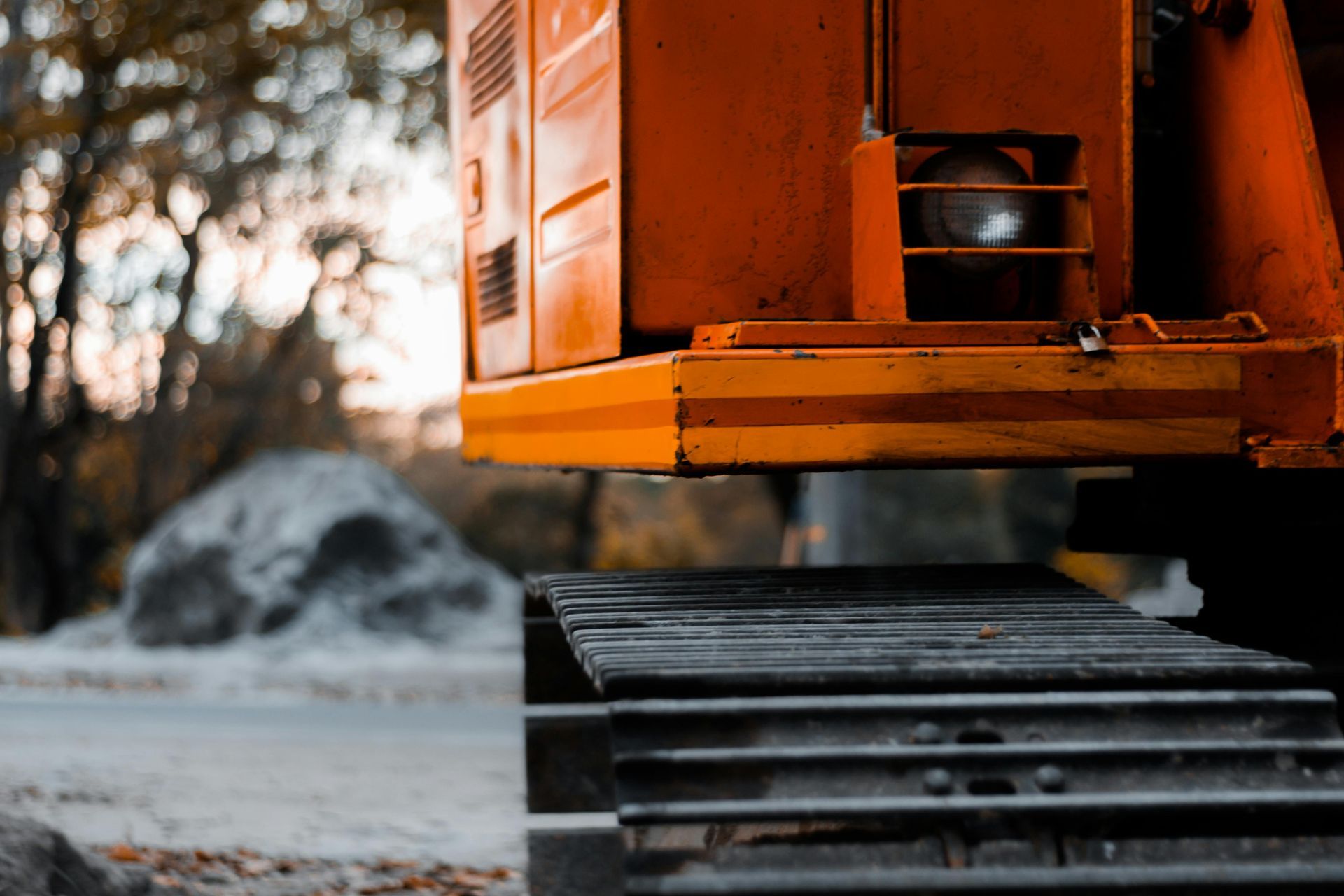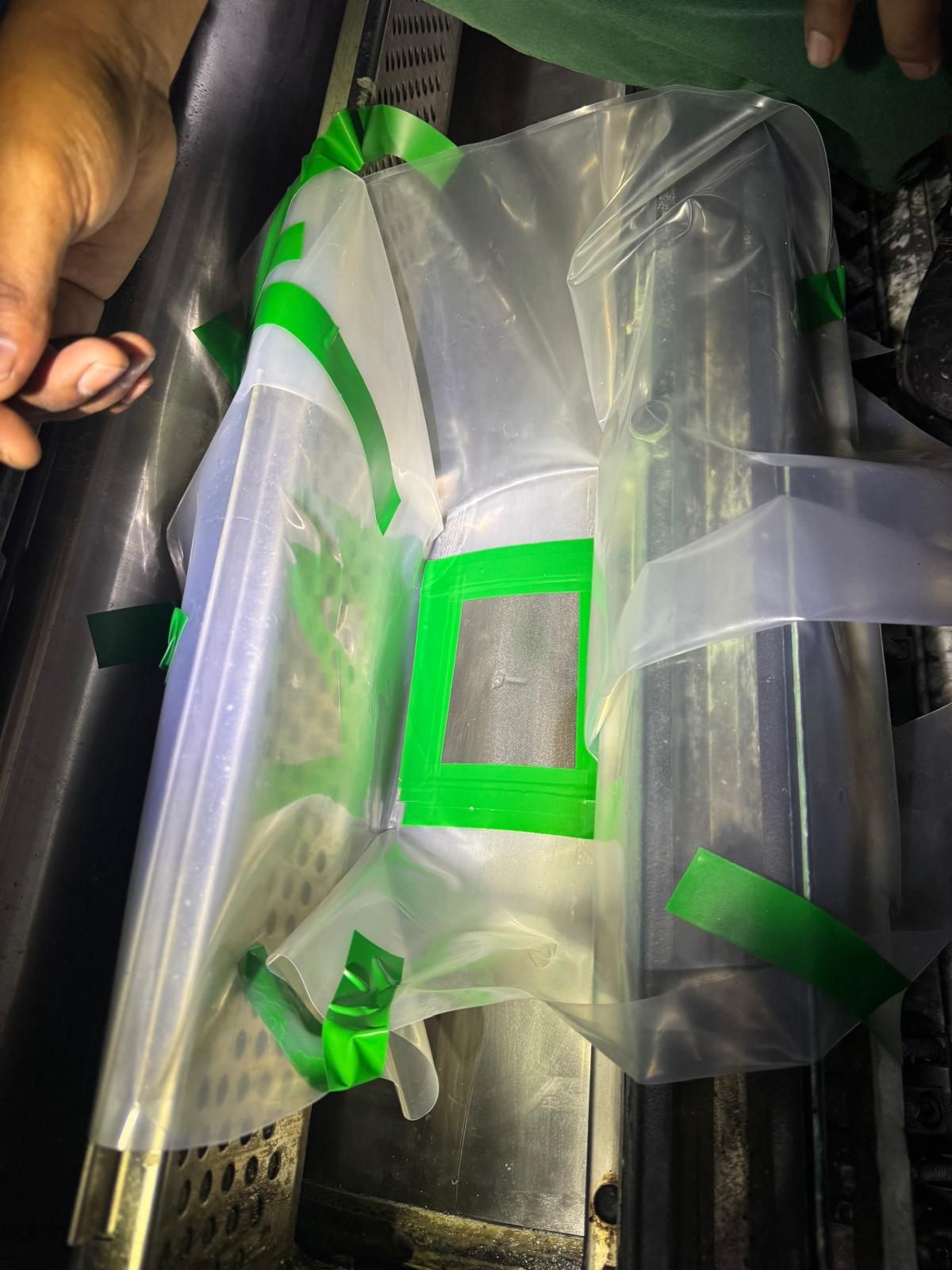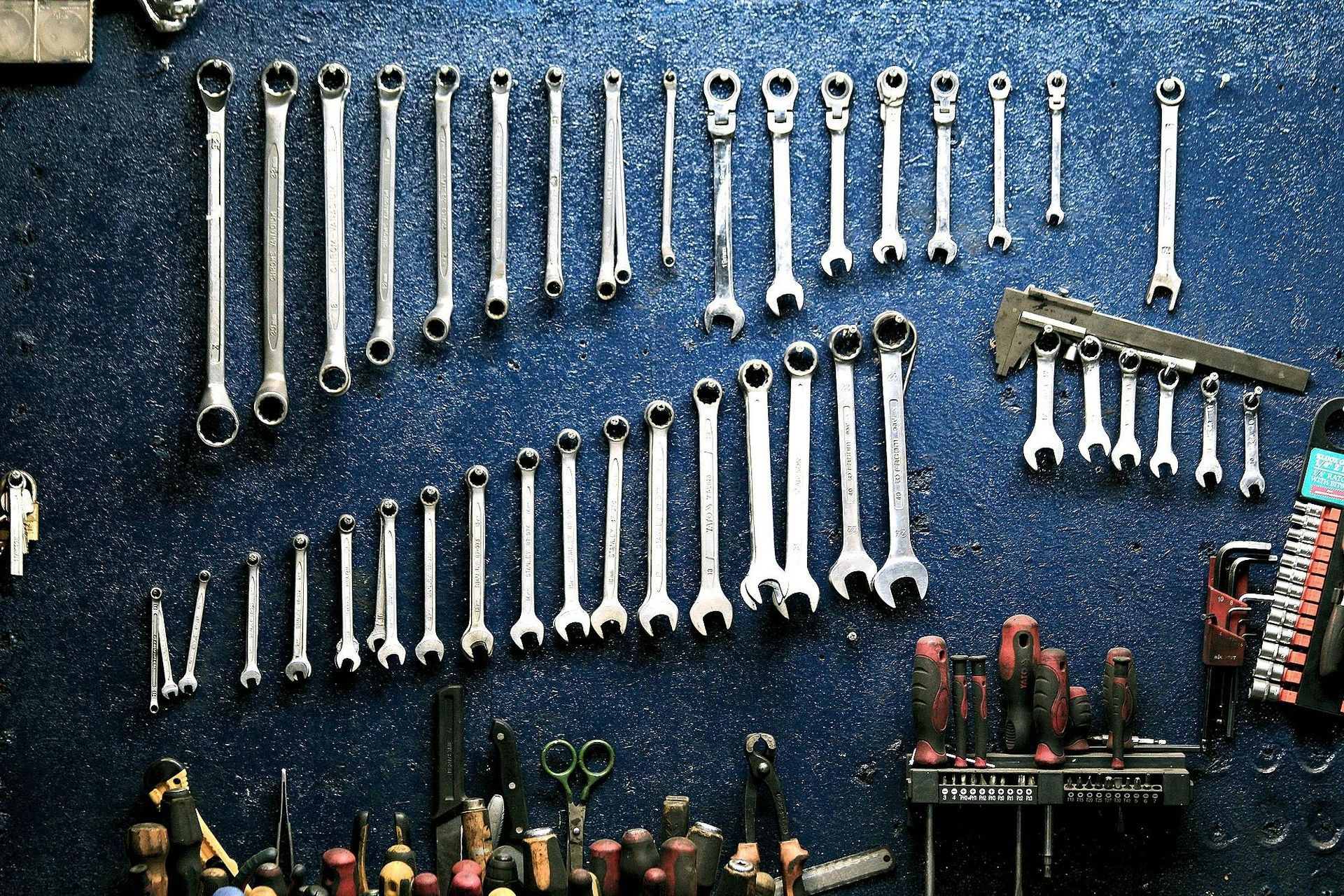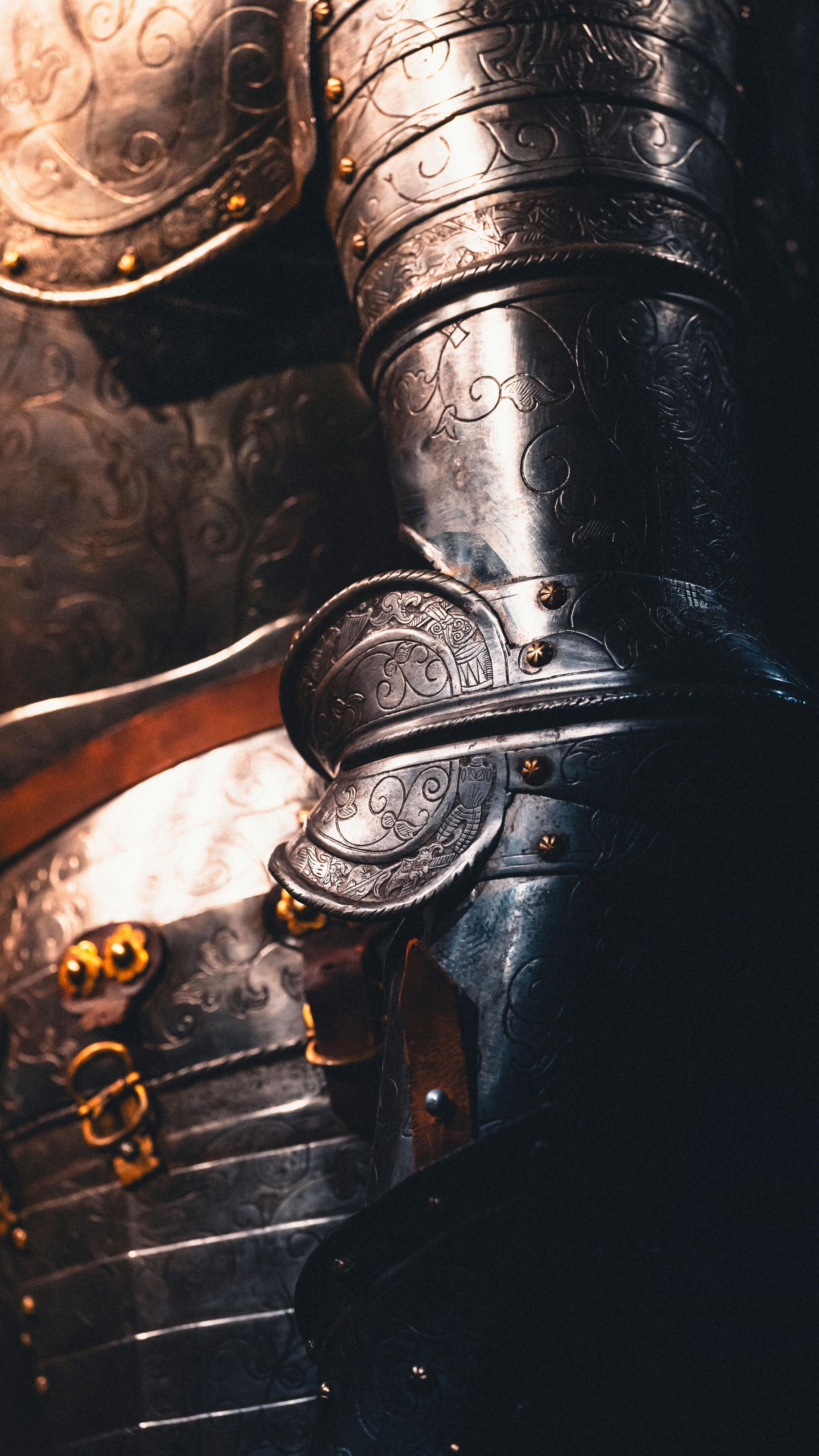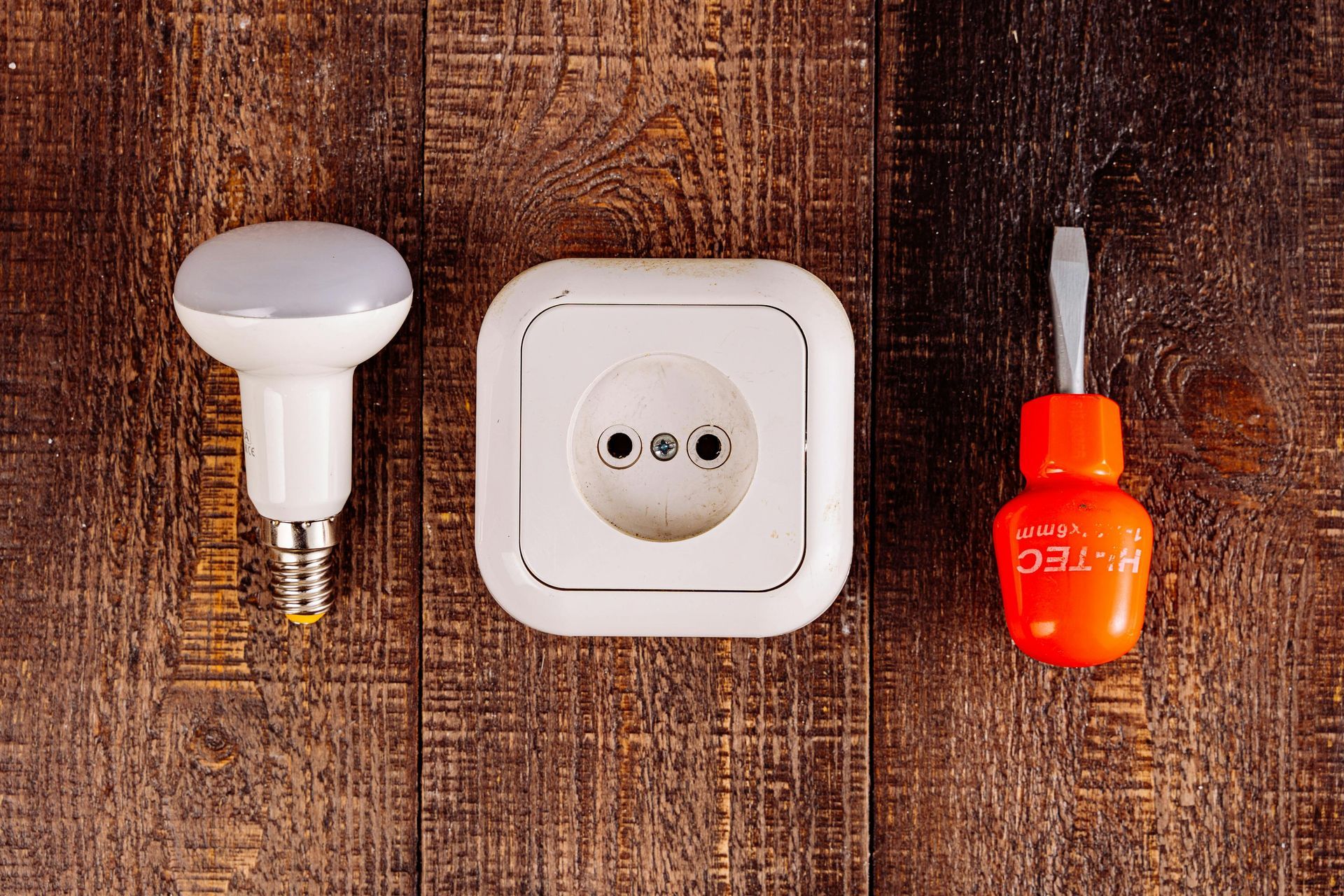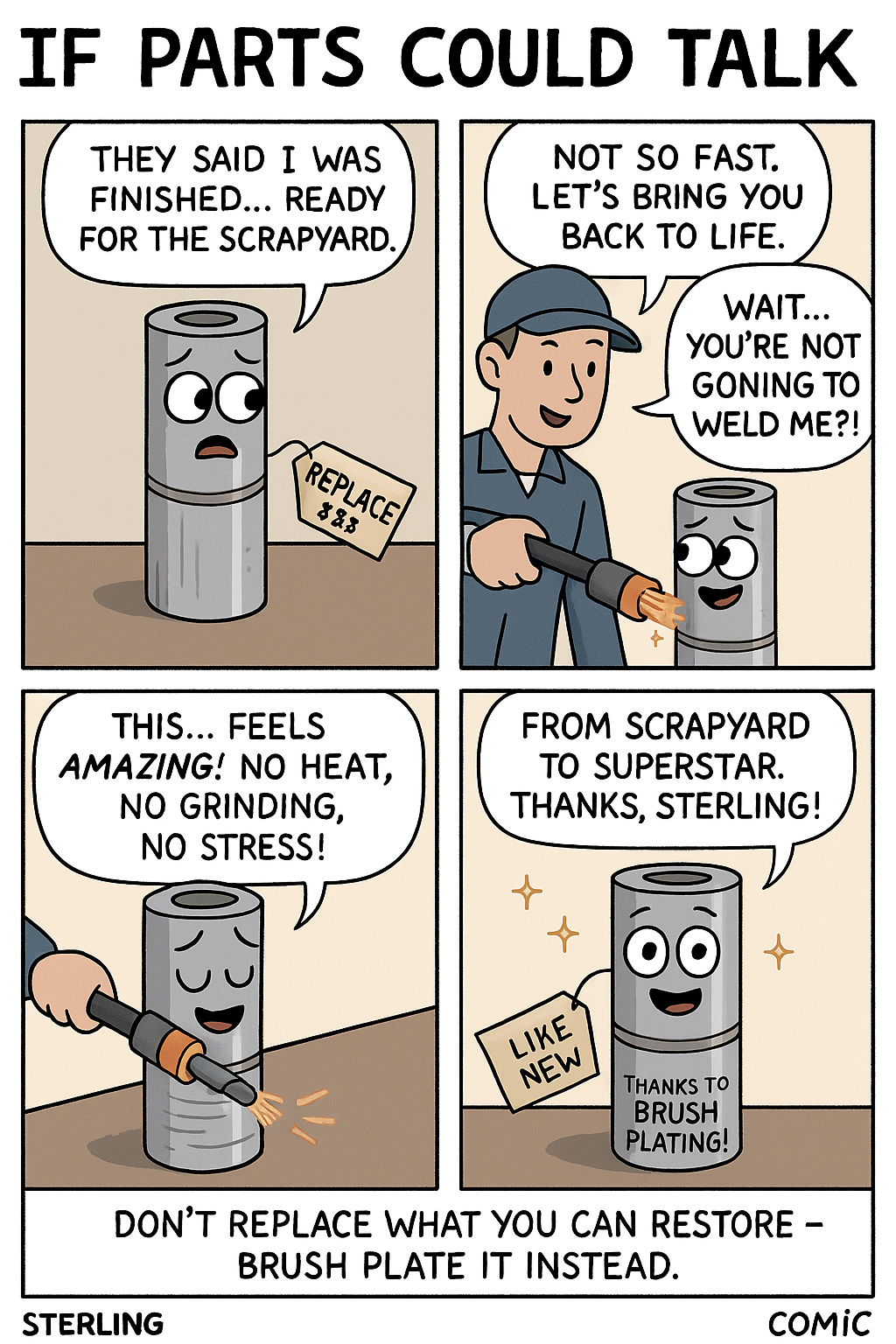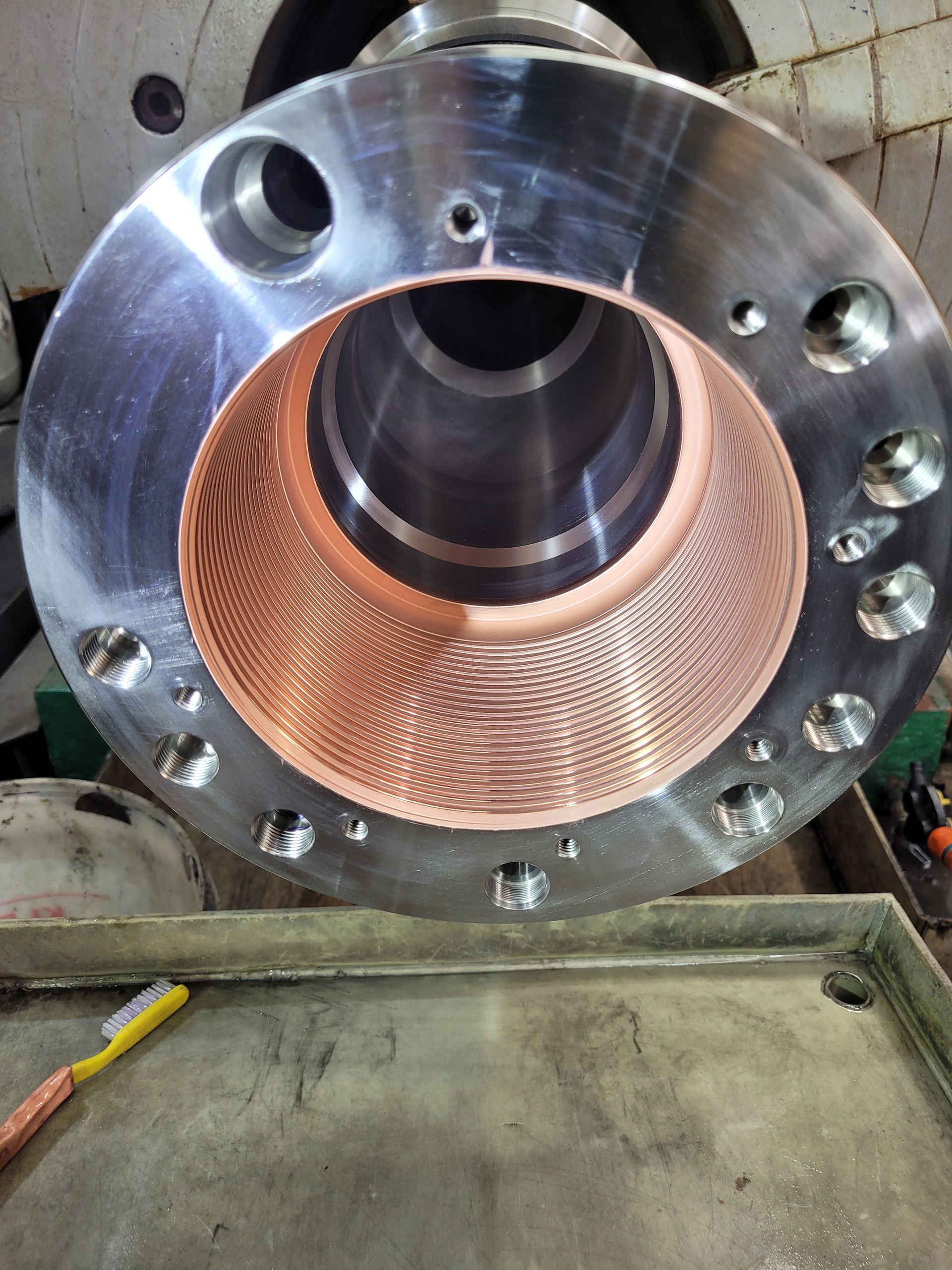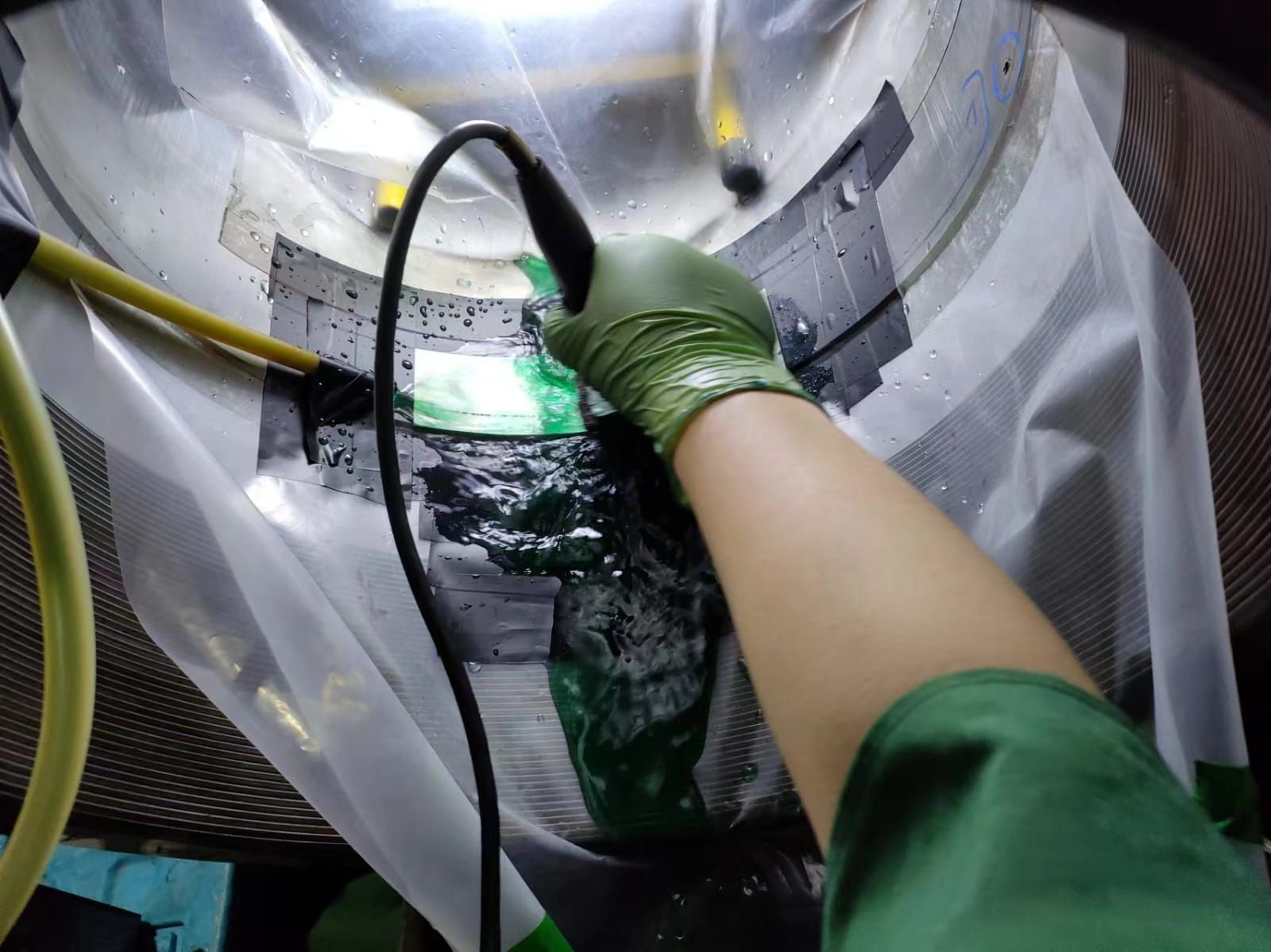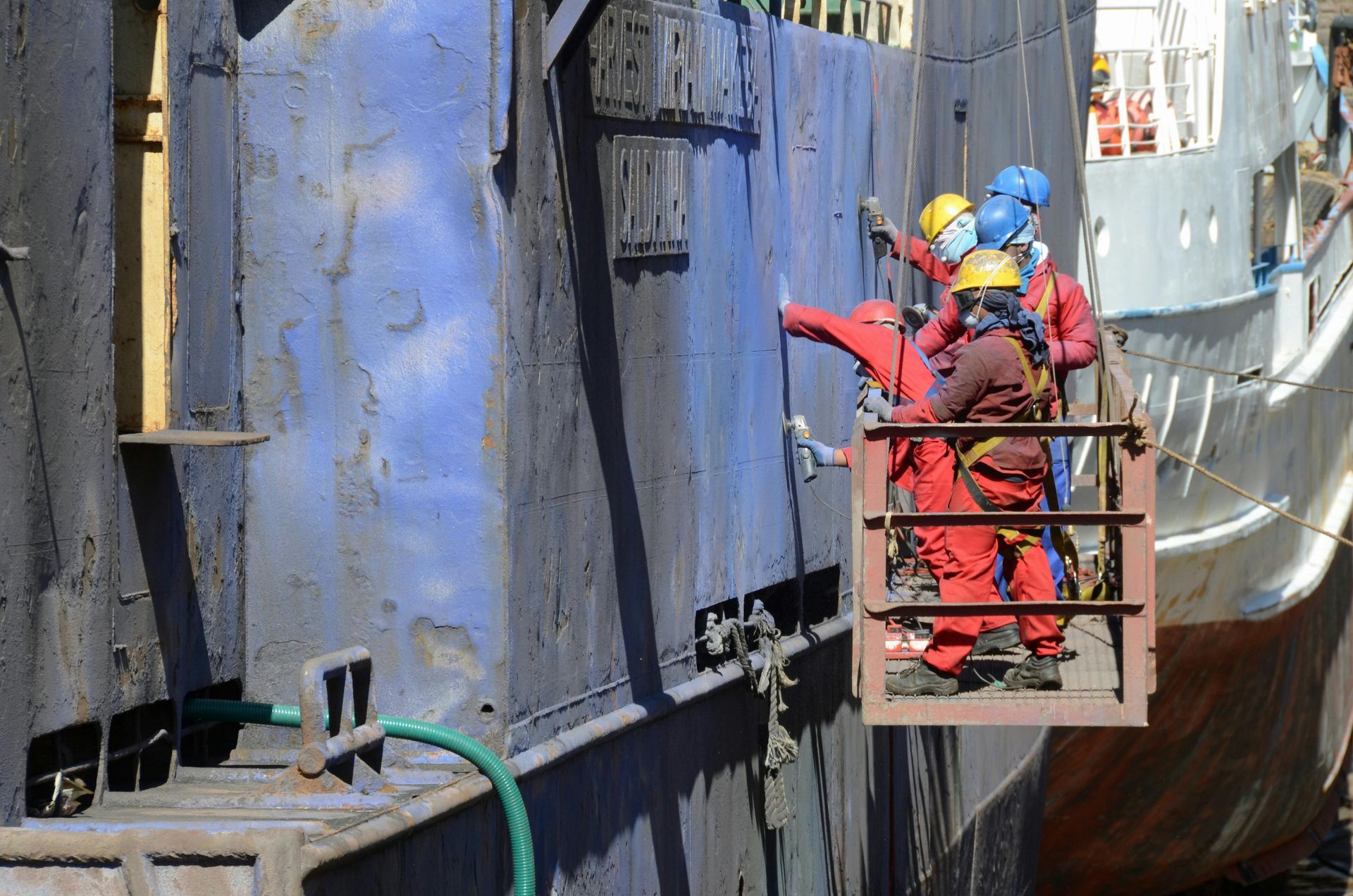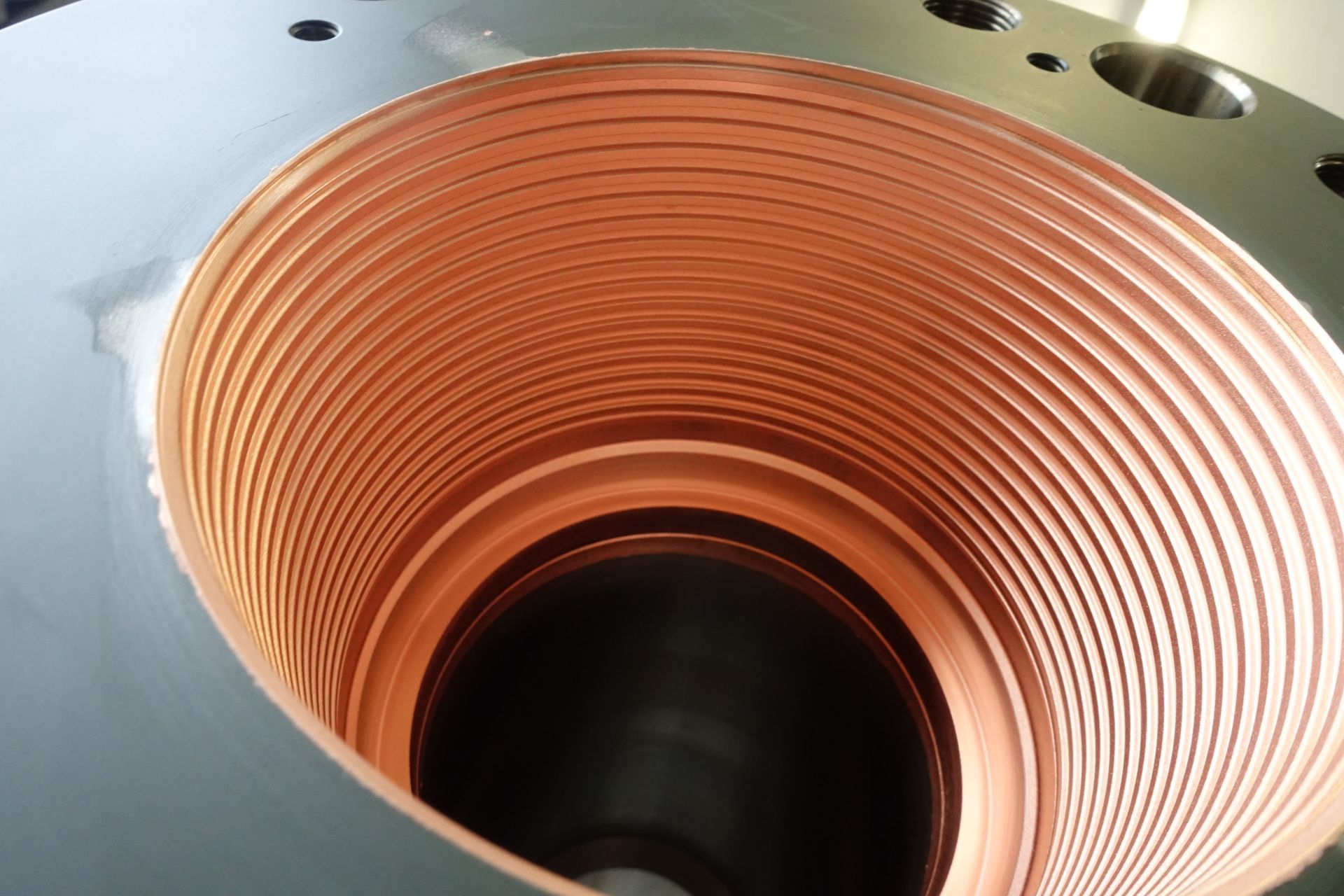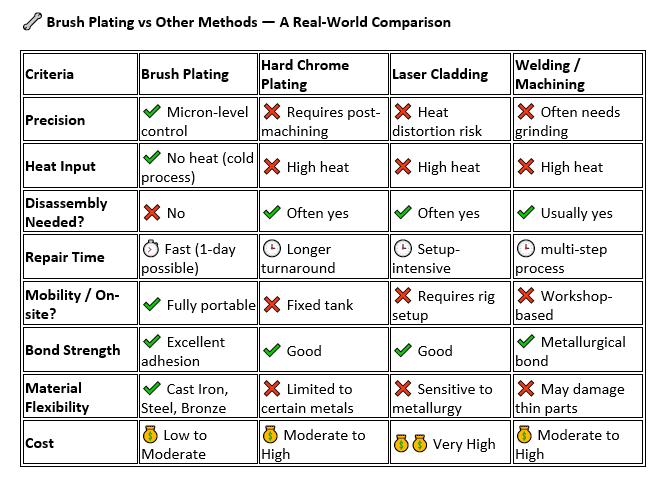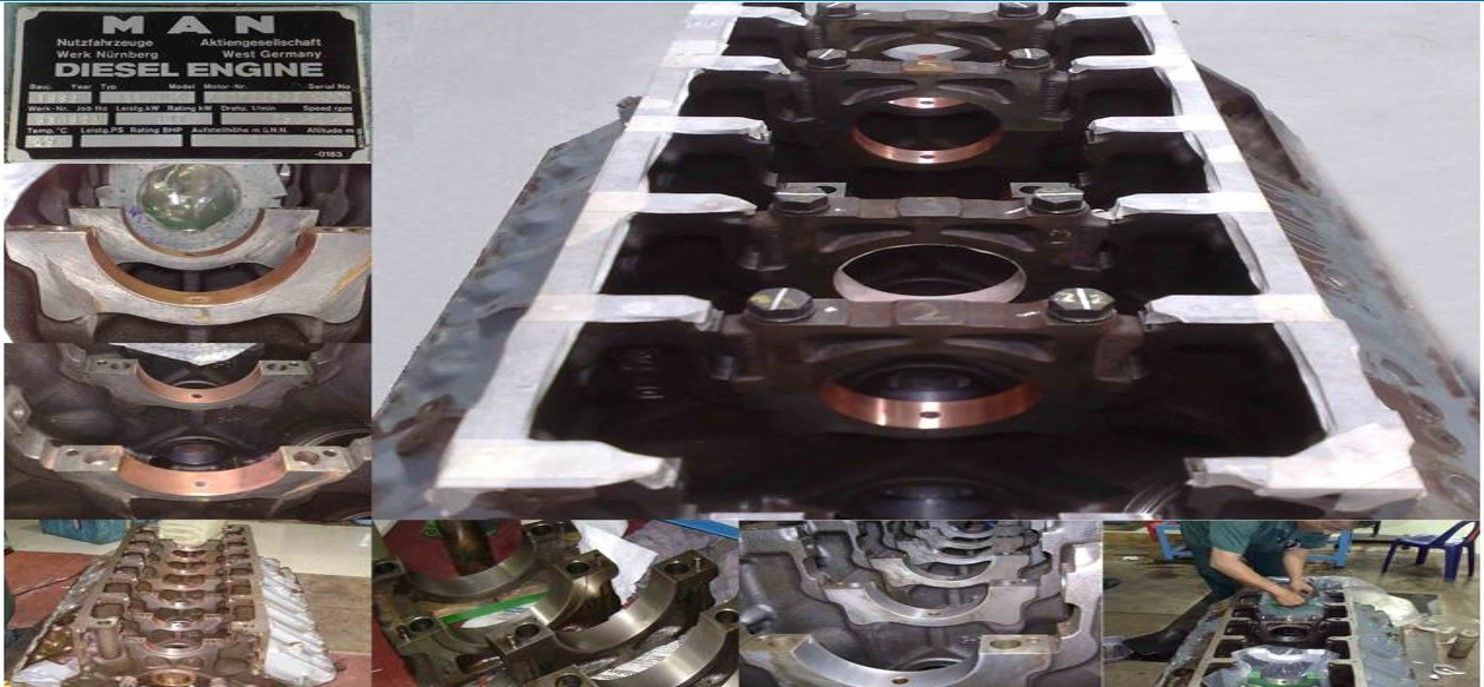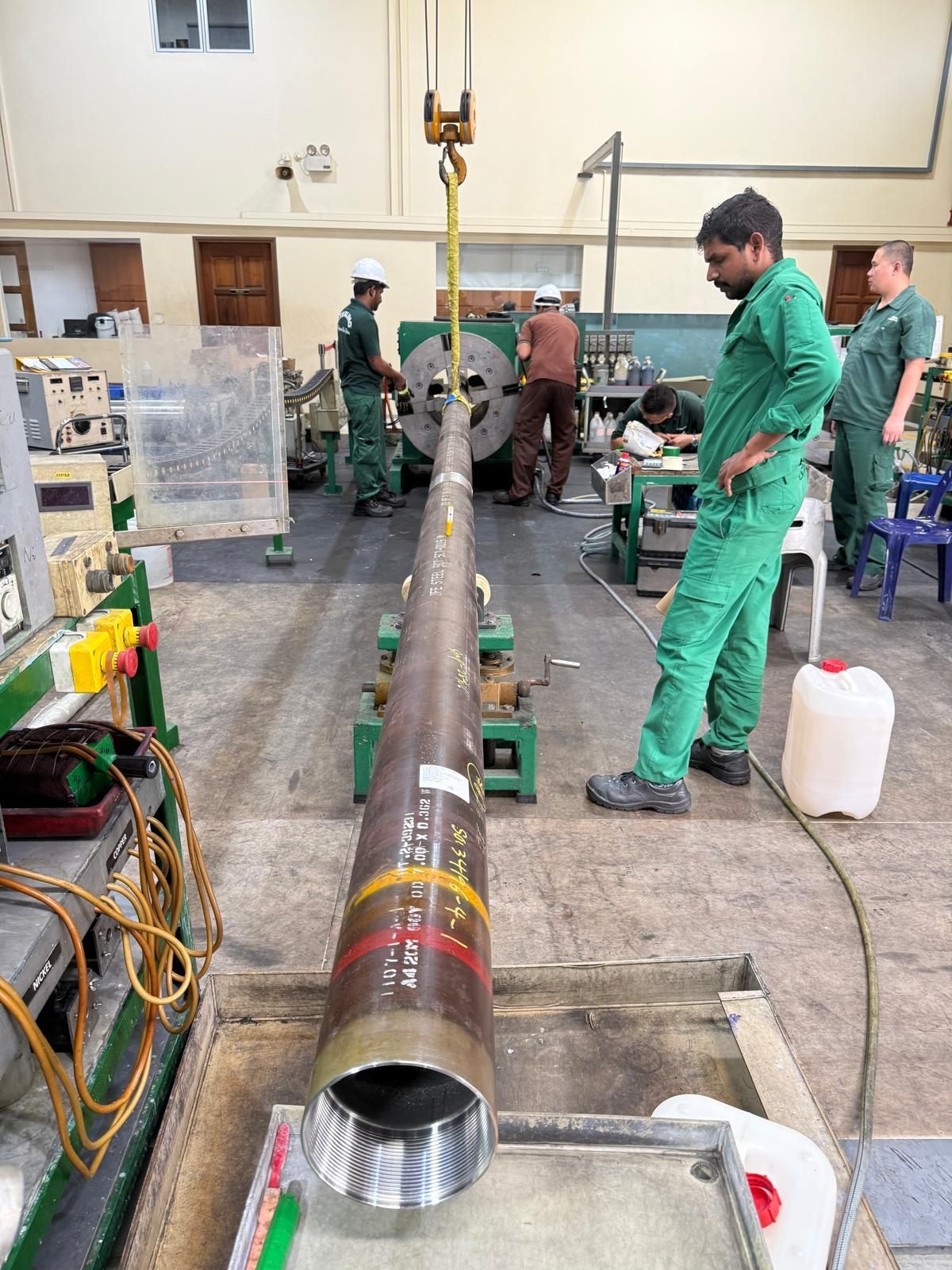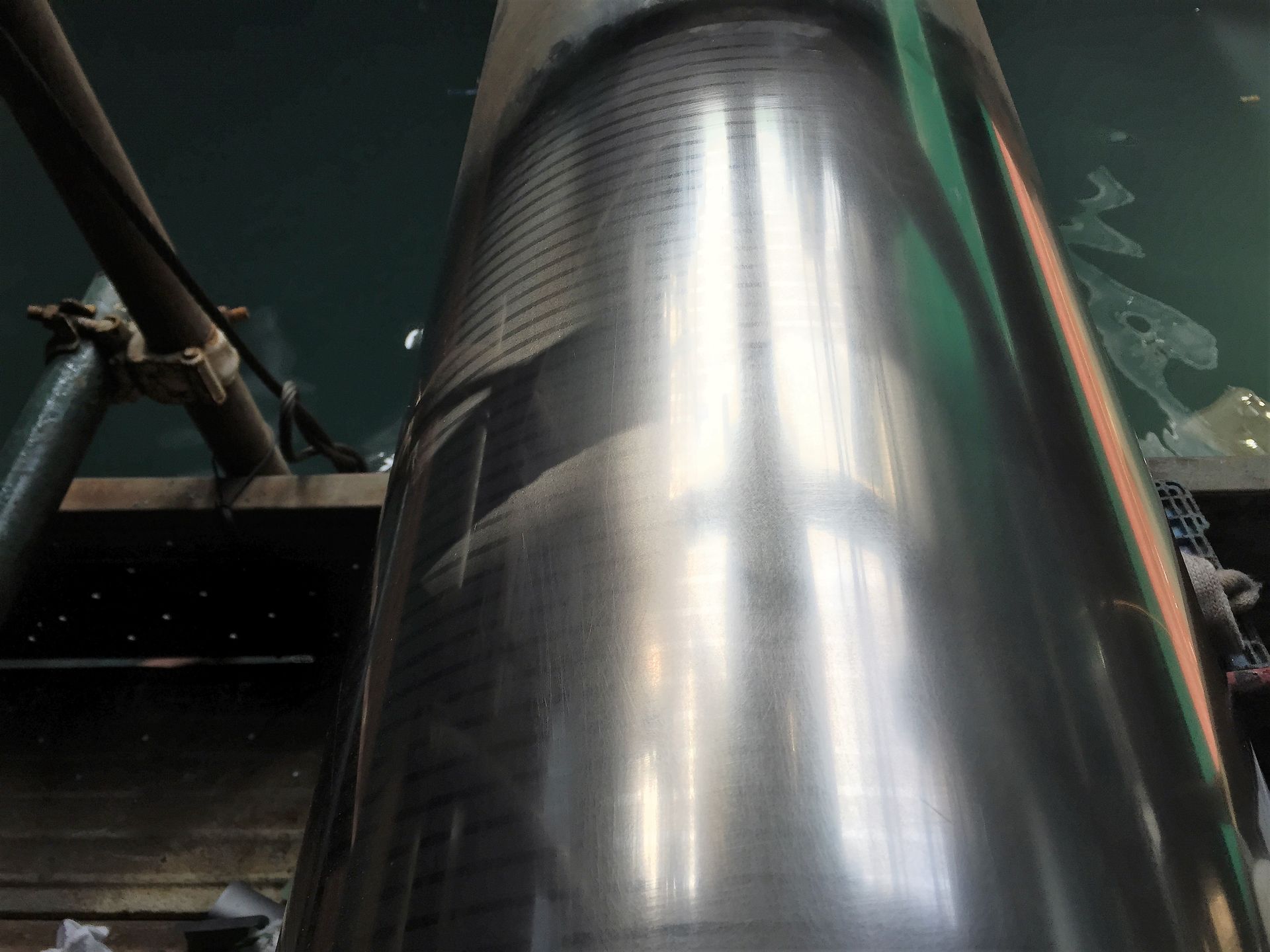🧪 Why Bond Strength and Adhesion Matter
The Science Behind Brush Plating and Long-Term Performance
In the world of industrial repair and surface engineering, bond strength and adhesion are what separate a successful repair from a short-term fix. Whether it is a hydraulic shaft in a crane, a diesel engine bedplate saddle, or a premium oil tool connection, the durability of any plating job depends on how well the deposited metal adheres to the base material.
At Sterling Impreglon Asia, we have spent over three decades perfecting this science — and it is the key reason our Brush Plating process continues to outperform conventional repair methods across industries.
🔩 What Exactly Is “Bond Strength” in Plating?
Bond strength refers to
how strongly the plated layer attaches to the base metal. Imagine it as the handshake between two metals — the tighter the grip, the longer it lasts.
In Brush Plating, the coating is deposited directly onto the prepared surface through a controlled electrochemical process. Unlike tank plating or spray coatings that may rely more on mechanical adhesion, brush-plated metals form a true metallurgical bond at the atomic level.
That means the plating and the base material effectively “become one,” ensuring outstanding adhesion and resistance to peeling, flaking, or delamination — even under vibration, pressure, or extreme temperature variations.
⚙️ Why Adhesion Quality Is Critical in Repairs
When repairing a worn or damaged component, poor adhesion can lead to early failure, costing valuable downtime and money. Typical causes include:
- Inadequate surface preparation
- Trapped contaminants or oxides
- Low-energy bonding methods (common in paint or spray coatings)
By contrast,
Brush Plating creates a dense, uniform, and strongly bonded deposit that can restore dimensions up to several millimeters thick with no risk of the coating detaching during service.
Every plated surface at Sterling Impreglon Asia undergoes strict inspection — from surface preparation, plating parameters, to post-plating finishing — to guarantee maximum adhesion strength and surface integrity.
🧲 How Brush Plating Achieves Exceptional Bonding
- Meticulous Surface Preparation
The base metal is first degreased, activated, and mechanically polished to remove corrosion, oxides, and contaminants. This ensures a perfectly clean surface for metal-to-metal contact. - Electrochemical Deposition
Using a portable power source, an anode tool wrapped with absorbent material saturated in electrolyte solution passes over the part’s surface.
The process deposits metal ions directly onto the substrate in a highly controlled manner — achieving dense, adherent layers with minimal heat input. - Metallurgical Bonding
The electrochemical reaction creates an atomic-level interdiffusion zone between the base metal and the plated layer — producing true metallurgical adhesion, not just a superficial grip. - Low-Stress, High-Precision Coating
Since the process introduces minimal heat and mechanical stress, there’s no risk of distortion, cracking, or hydrogen embrittlement — issues common in other coating methods.
🧱 Proven Durability in Real-World Conditions
Sterling’s Brush Plated coatings have been subjected to
high-pressure water-jet tests up to 200 bar
and consistently pass with no signs of peeling or delamination.
This proven durability has made our process
qualified and recognized by leading OCTG and oil-tool manufacturers worldwide, including Vallourec, Tenaris, JFE, and OMS — for both anti-galling copper plating and precision repair applications.
From marine diesel engine components to hydraulic shafts and oilfield accessories, our customers trust Sterling’s Brush Plating to deliver bond strength they can rely on for years of operation.
🌍 Long-Term Value Beyond Repair
Superior adhesion doesn’t just improve component life — it enhances safety, reduces unplanned downtime, and maximizes return on investment. In many cases, Brush Plating can extend the service life of components that would otherwise be scrapped, supporting sustainability and cost efficiency goals at the same time.
In short, a strong bond means long-term performance — and that’s what Sterling Impreglon Asia has built its reputation on since 1989.











